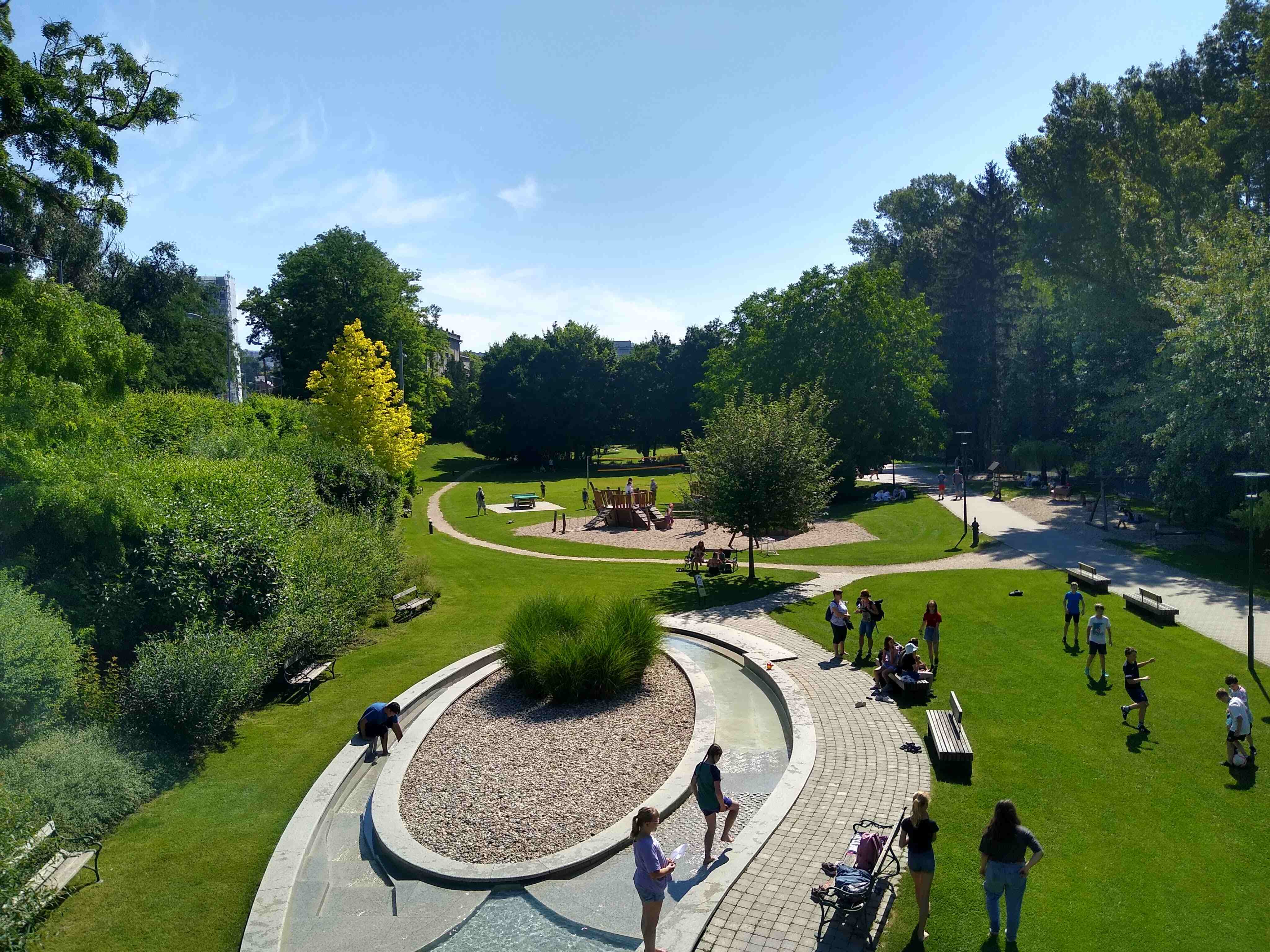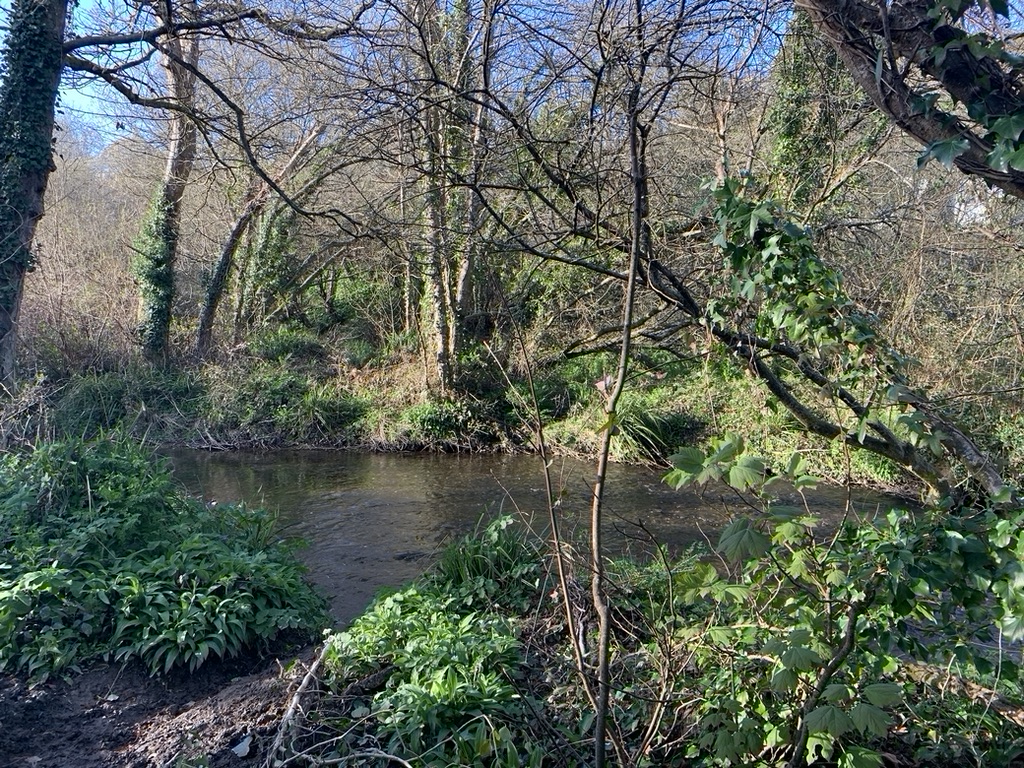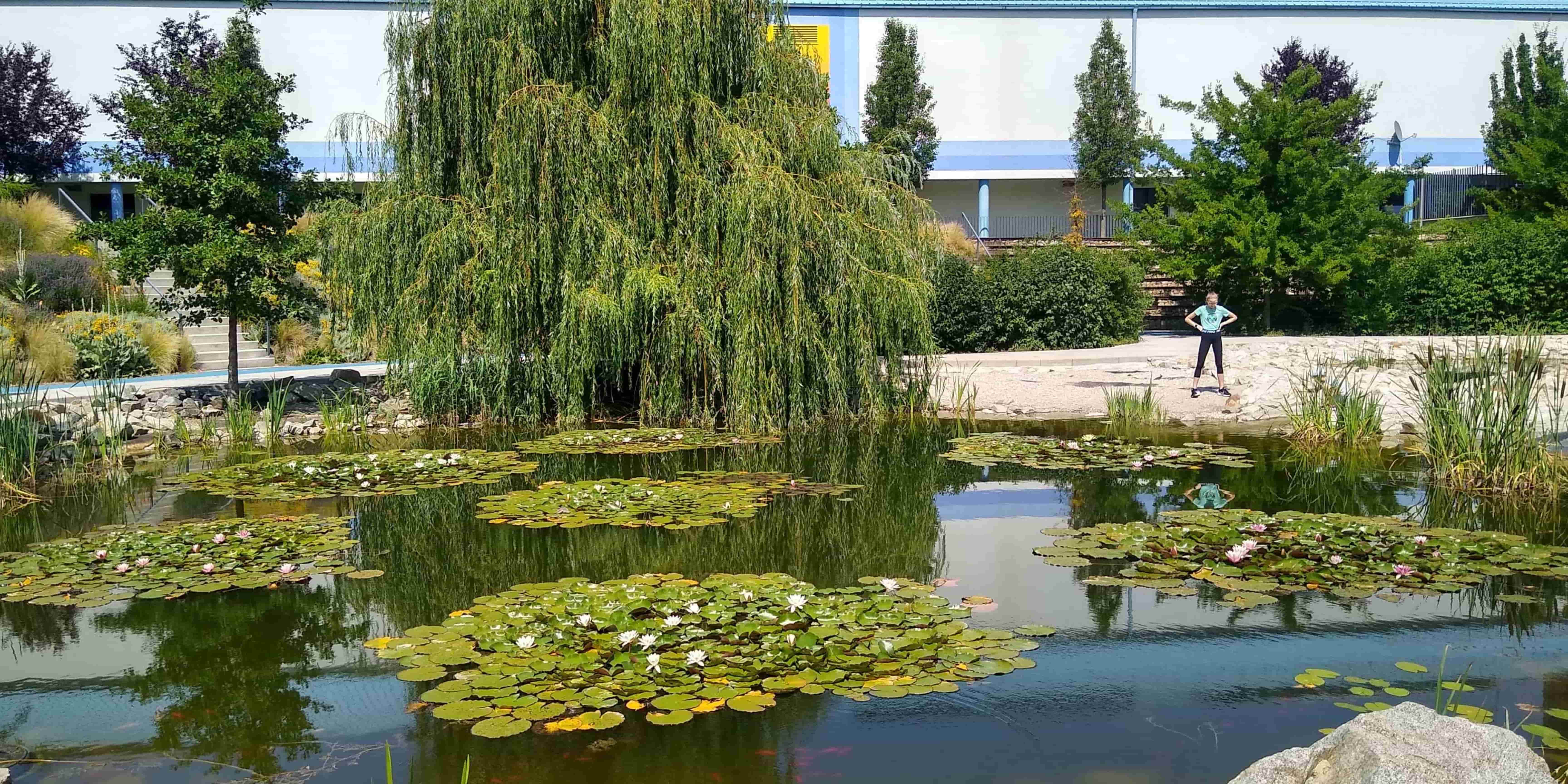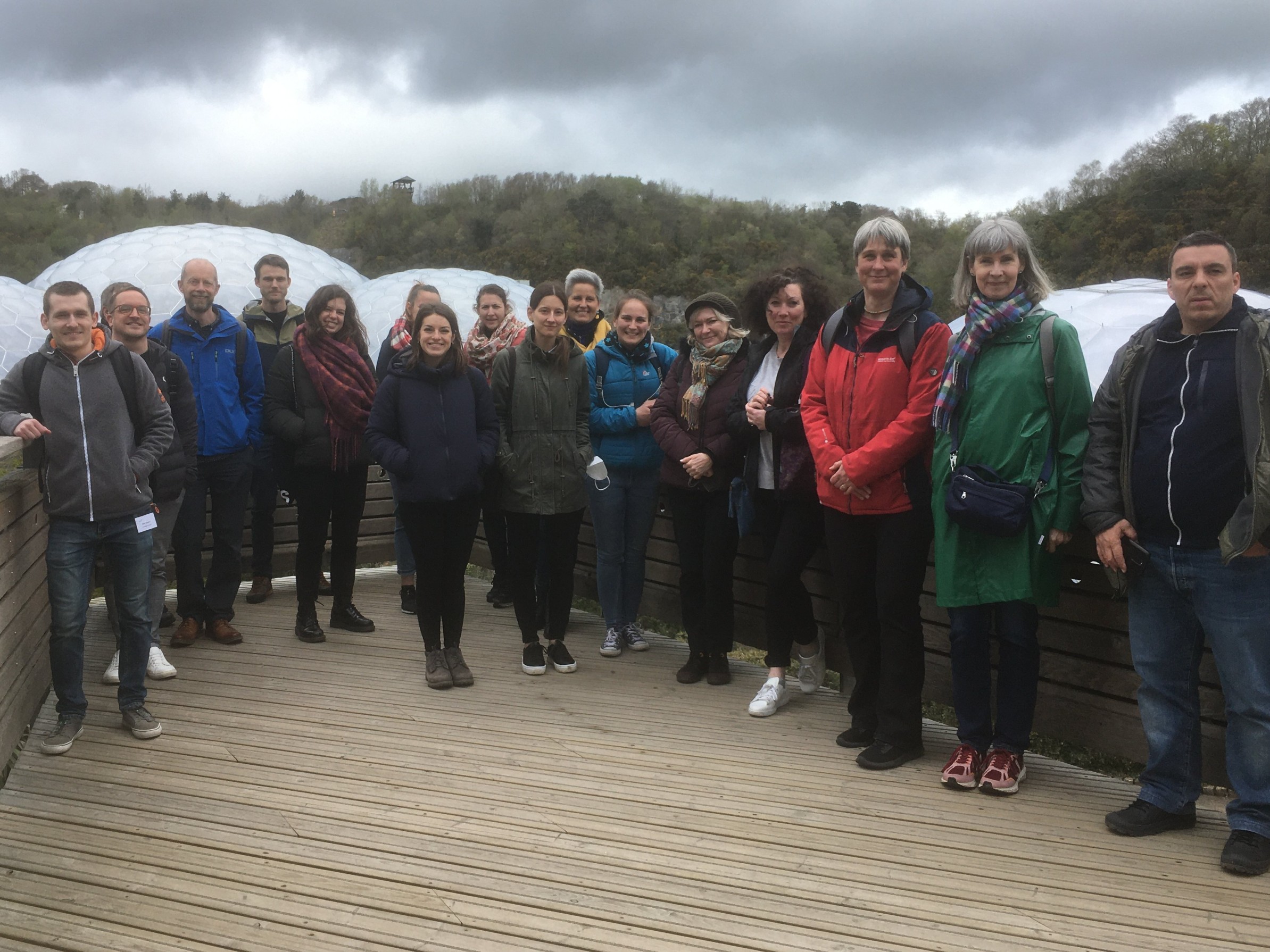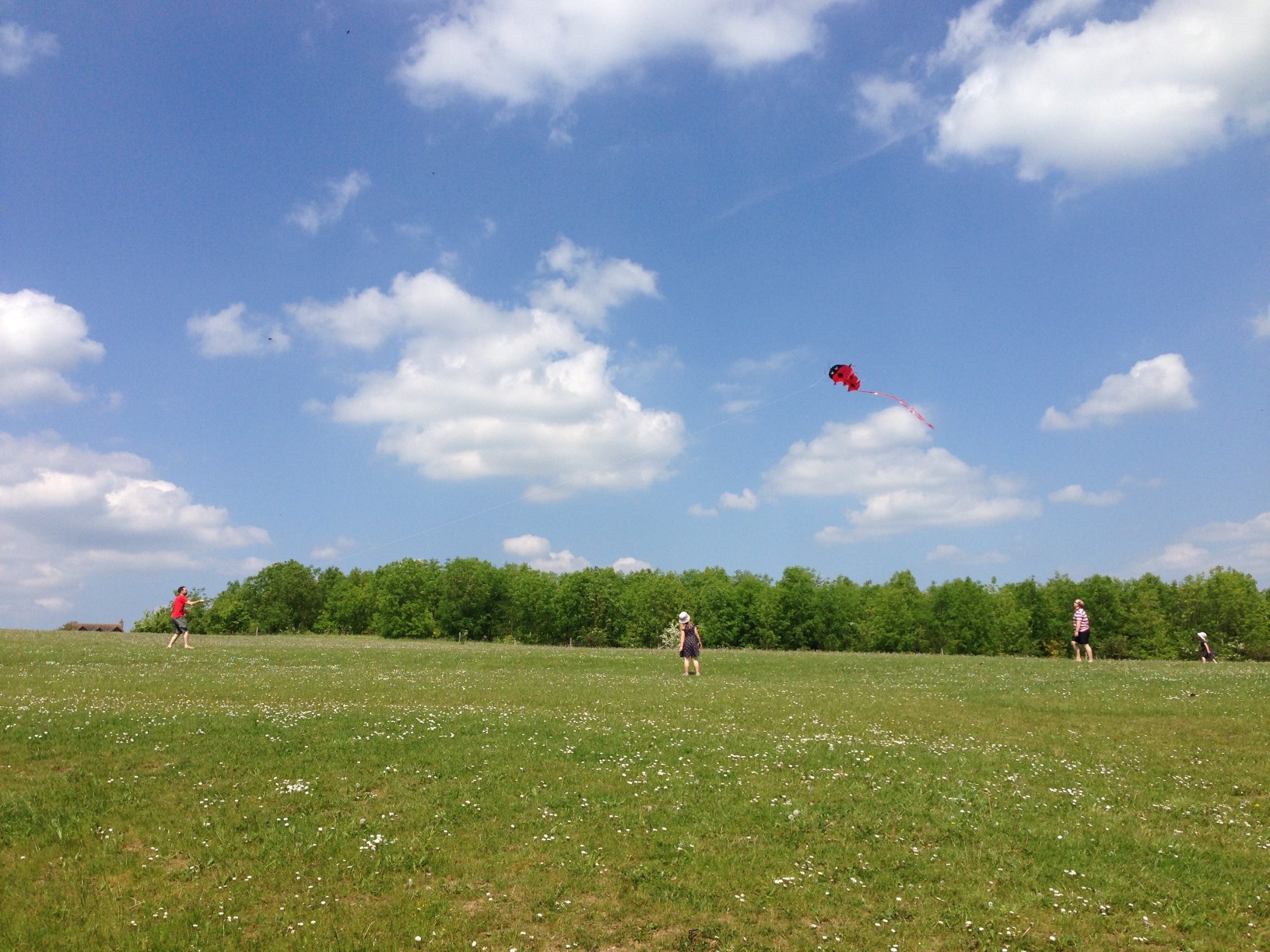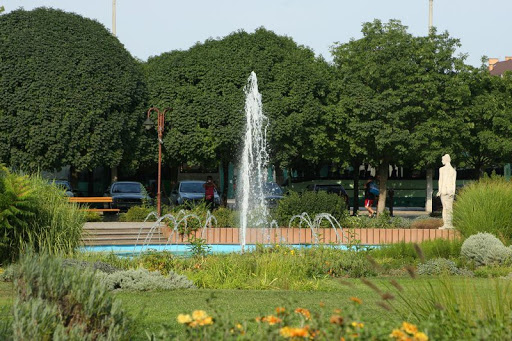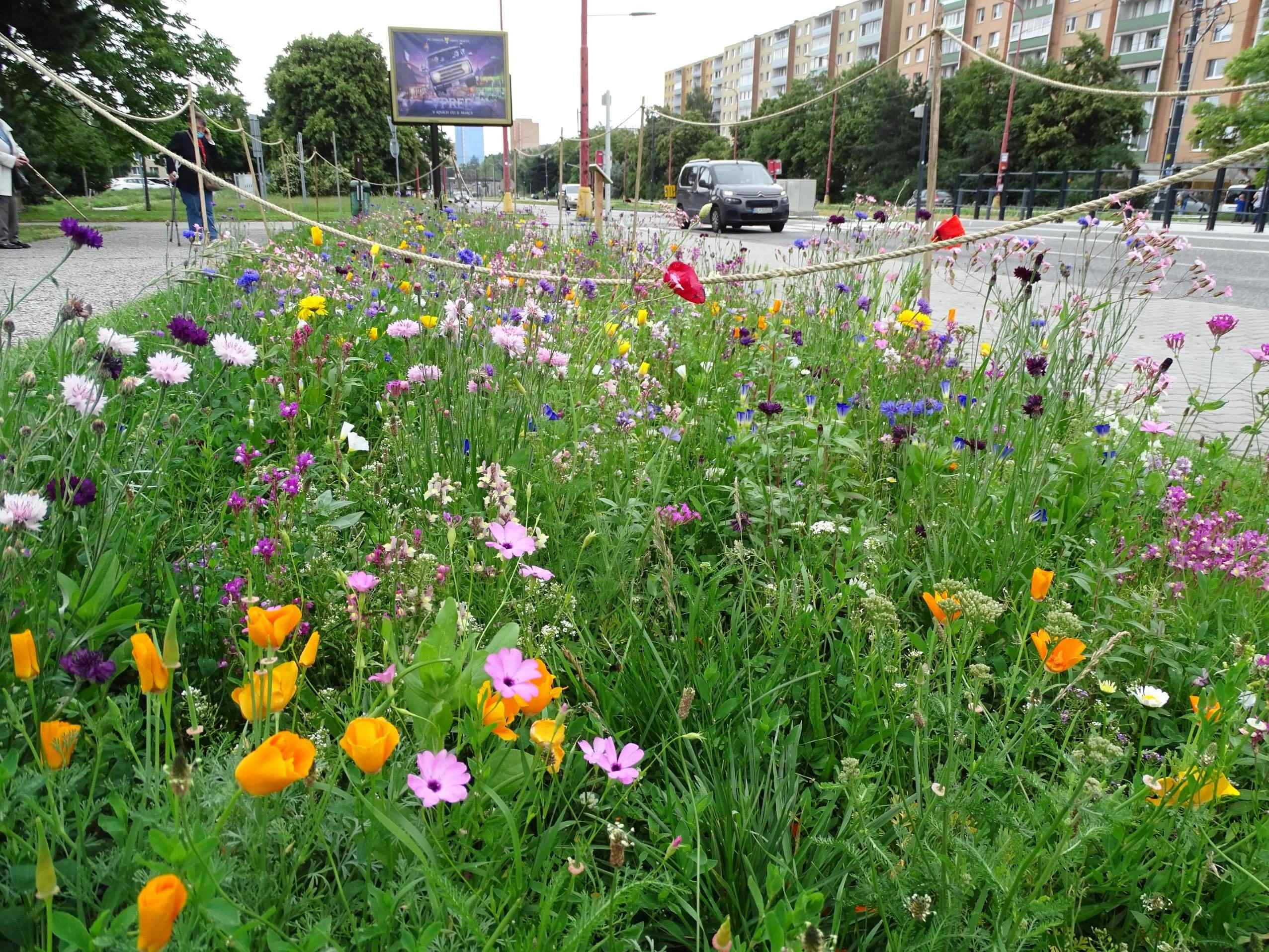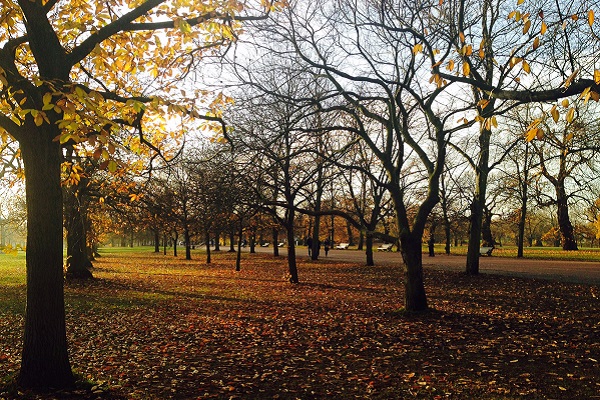Creating green places can help improve people’s health and build resilience to climate change. The evidence is very clear. The problem – being faced all over Europe – is turning this evidence into practice.
The Town and Country Planning Association is seeking to improve national planning policy in England to deliver more high-quality green infrastructure. We visited Amsterdam with other PERFECT partners in early June to learn from good practice. This article explains some of the lessons learnt.
A commitment to green space in new development
A major lesson for England from the Amsterdam experience is the benefits of a public sector led approach to masterplanning and delivering sites. The City of Amsterdam owns large parts of the city and uses this control to secure high quality outcomes from the development process. The approach begins with exploring how the multifunctionality of green infrastructure can be designed at the earliest stages of development.
One particular example in western Amsterdam exemplifies this. Partners heard from a landscape architect employed by the City designing large scale new development in the Zeeheldenbuurt area in western Amsterdam. The benefits of green infrastructure are being achieved through an approach which emphasises connectivity and flood resilience.
We believe that national policy in England needs to enable municipalities to take a similar masterplanning role, by helping them to purchase land at a fair price. While private sector development can deliver high quality green places, local authorities can combine their planning and land ownership roles to secure outcomes in the public interest.
Greening schoolyards
The City of Amsterdam is also undertaking an initiative to invest in playgrounds by adding greenery and natural features, to promote imagination and creative play. The study is monitoring the effects of the greenery on the concentration of school children, being carried out by the Public Health Department.
Partners visited an area in Zuidas District to see first-hand a project which has been built. Also in the Zuidas District, which is a commercial centre close to Schipol Airport, partners learnt about public-sector led mixed-use development which is incorporating multi-functional green infrastructure (shown in photo below).

High-quality parks
Amsterdam benefits from several large parks in the centre of the city. One of these – Westerpark (image below) – was visited to see the variety of green infrastructure within the park. The partners witnessed how a mixture of wild areas with educational opportunities have been incorporated along with landscaping and the economic benefits through increased visitor numbers.

Another group visited Noorderpark – a park surrounded by areas of high socio-economic deprivation. The City of Amsterdam is testing out the effect of intervention through monitoring the impacts of green infrastructure on usage of the parks. The aim is to get a better understanding of whether or not green space can have a positive role to play particularly in more deprived areas, and to increase usage of green space.
Next steps
The TCPA – along with other partners – is producing an Action Plan to show how learning from the project will improve policies in their own region. The TCPA’s Action Plan is unique in that it is focussed on national policy, and how this can create the right framework for local and regional investment in green infrastructure.
The Action Plan will aim to improve national policy through securing more investment in green infrastructure; embed standards seen in Amsterdam and other areas to create high quality outcomes; and help to build the capacity and skills of municipalities to implement these national policies on green infrastructure.


